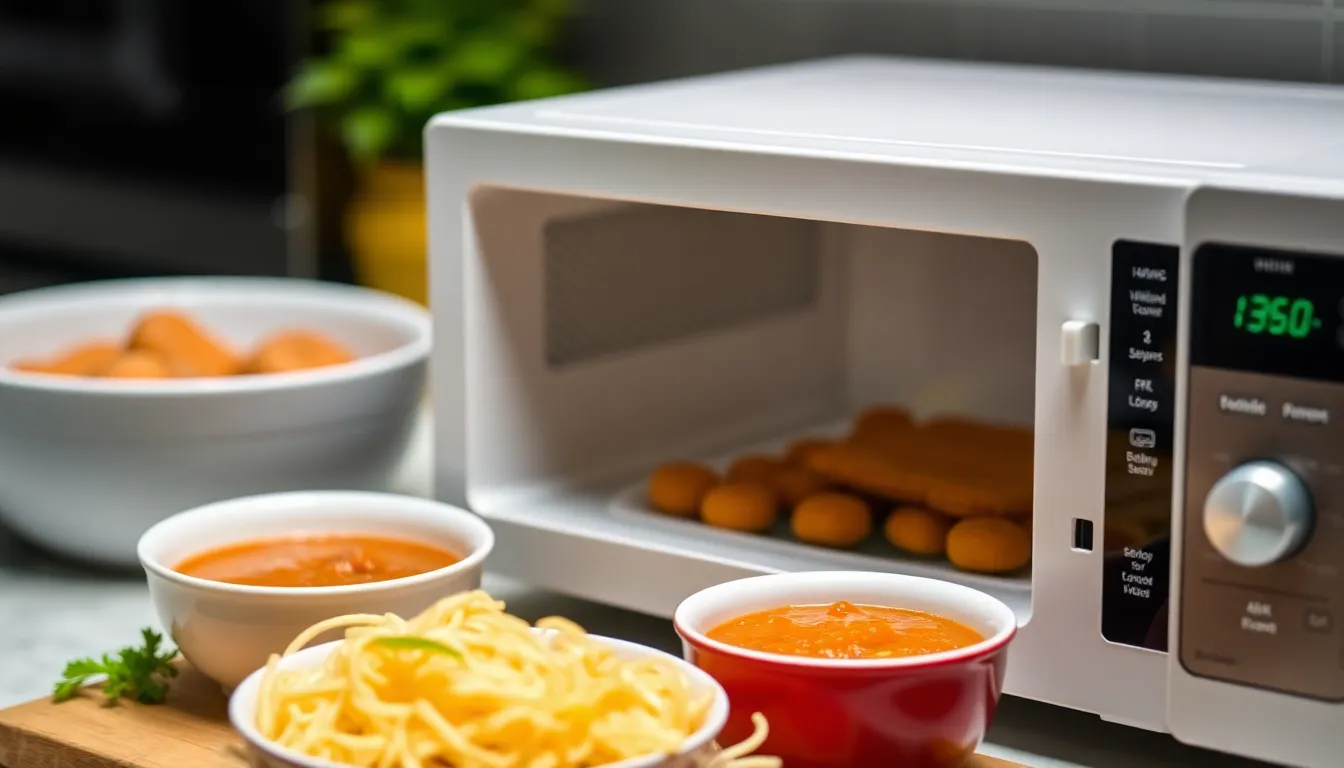The Science of Cooking Grains: Why Soaking Matters
Grains are a staple in diets around the globe, forming the backbone of many culinary traditions and providing essential nutrients that our bodies rely on. From fluffy rice to hearty oats, grains are versatile, nutritious, and a source of comfort for many. However, the way we prepare them can significantly affect their flavor, texture, and nutritional value. One such preparation method that has gained attention is soaking grains before cooking. In this post, we will dive deep into the science behind soaking grains and explore its importance in enhancing our meals.
I. Understanding Grains
A. Types of Grains
Grains can be broadly categorized into two main types: whole grains and refined grains. Understanding the distinction between these two types is essential for making healthier dietary choices.
- Whole Grains: These grains contain all parts of the grain kernel—the bran, germ, and endosperm. Examples include brown rice, quinoa, barley, and whole wheat.
- Refined Grains: These grains have been milled to remove the bran and germ, which gives them a finer texture but also removes important nutrients. Common examples are white rice and white flour.
Common Types of Grains:
- Rice
- Quinoa
- Barley
- Oats
B. Nutritional Benefits of Grains
Grains are packed with essential nutrients that play a vital role in our health. Here are some of their key nutritional benefits:
- Carbohydrates: Grains are an excellent source of carbohydrates, providing the primary energy source for our bodies.
- Fiber: Whole grains are rich in dietary fiber, which aids in digestion and helps maintain a healthy weight.
- Vitamins and Minerals: Grains contain a variety of essential vitamins (like B vitamins) and minerals (such as iron and magnesium).
Incorporating a variety of grains into your diet can help ensure you receive a balanced mix of nutrients essential for good health.
II. The Science Behind Soaking Grains
A. What Happens During Soaking?
Soaking grains is a simple yet effective method that allows the grains to absorb water before cooking. This process initiates a series of physical and chemical changes:
- Absorption of Water: Grains take in water, swelling and softening in the process. This not only prepares them for cooking but also improves their digestibility.
- Activation of Enzymes: Soaking activates enzymes that begin the germination process, breaking down complex starches into simpler sugars.
B. Impact on Nutritional Value
Soaking grains can significantly affect their nutritional profile:
- Reduction of Anti-Nutrients: Many grains contain anti-nutrients like phytic acid, which can inhibit the absorption of essential minerals. Soaking helps reduce these compounds, enhancing mineral bioavailability.
- Enhanced Digestibility and Nutrient Availability: Soaking breaks down complex compounds and neutralizes anti-nutrients, making nutrients more accessible for absorption by our bodies.
III. Benefits of Soaking Grains
A. Improved Texture and Flavor
Soaking grains can also improve their cooking characteristics:
- Cooking Times: Soaked grains generally cook faster than unsoaked grains, which can save you time in the kitchen.
- Consistency: Soaking helps to achieve a more uniform texture, which enhances the overall eating experience.
- Flavor Enhancement: Pre-soaking grains allows for flavor enhancement, as the grains become more receptive to the seasonings and liquids added during cooking.
B. Time-Saving in Cooking
In today’s fast-paced world, time-saving methods in the kitchen are invaluable:
- Reduced Cooking Times: Soaking reduces the cooking time for many grains, which can be a significant advantage for busy home cooks.
- Planning for Meal Prep: Soaking grains ahead of time can streamline meal preparation, allowing for quick and easy access to nutritious ingredients.
IV. How to Soak Grains Effectively
A. General Guidelines for Soaking
To reap the benefits of soaking, here are some general guidelines:
- Recommended Soaking Times: Different grains require different soaking times. Below are some general recommendations:
- Water-to-Grain Ratios: A standard ratio is usually 2:1 (water to grain), but this can vary based on the type of grain being soaked.
B. Step-by-Step Instructions for Soaking Various Grains
Here’s a handy reference table for soaking times and tips for common grains:
| Grain | Soaking Time | Notes |
|---|---|---|
| Rice | 30 minutes – 2 hours | Shorter for white rice, longer for brown rice |
| Quinoa | 2 hours | Rinse before soaking to remove bitterness |
| Barley | 6-8 hours | Pre-soaking reduces cooking time significantly |
| Oats | 30 minutes – overnight | Quick oats need less soaking time |
V. Common Mistakes to Avoid When Soaking Grains
A. Over-soaking and its Effects
While soaking is beneficial, over-soaking grains can lead to undesirable results:
- Texture Issues: Over-soaked grains can become too mushy or gummy when cooked, negatively impacting the dish’s texture.
- Flavor Deterioration: Leaving grains to soak for too long can result in the development of off-flavors.
To avoid over-soaking, always adhere to recommended soaking times and keep an eye on your grains as they soak.
B. Not Rinsing Grains
Many grains, especially quinoa, can have a natural coating that imparts a bitter taste. Failing to rinse grains before soaking can result in an unpleasant flavor:
- Rinsing Quinoa: Rinse quinoa under cold water for a minute or two before soaking to remove its bitter saponin coating.
C. Skipping the Soaking Process
Some people may overlook soaking altogether. While it may be possible to cook grains without soaking, you may be missing out on flavor, texture, and nutritional benefits:
- Health Benefits: Skipping the soaking process can reduce the nutrient absorption potential and increase cooking times.
VI. Conclusion
In summary, soaking grains is a simple yet effective technique that can unlock a world of flavor and nutrition. By understanding the science behind soaking and following proper techniques, you can elevate your grain dishes to new heights. So, the next time you’re preparing a meal that includes grains, remember the power of soaking—your taste buds and your body will thank you!




